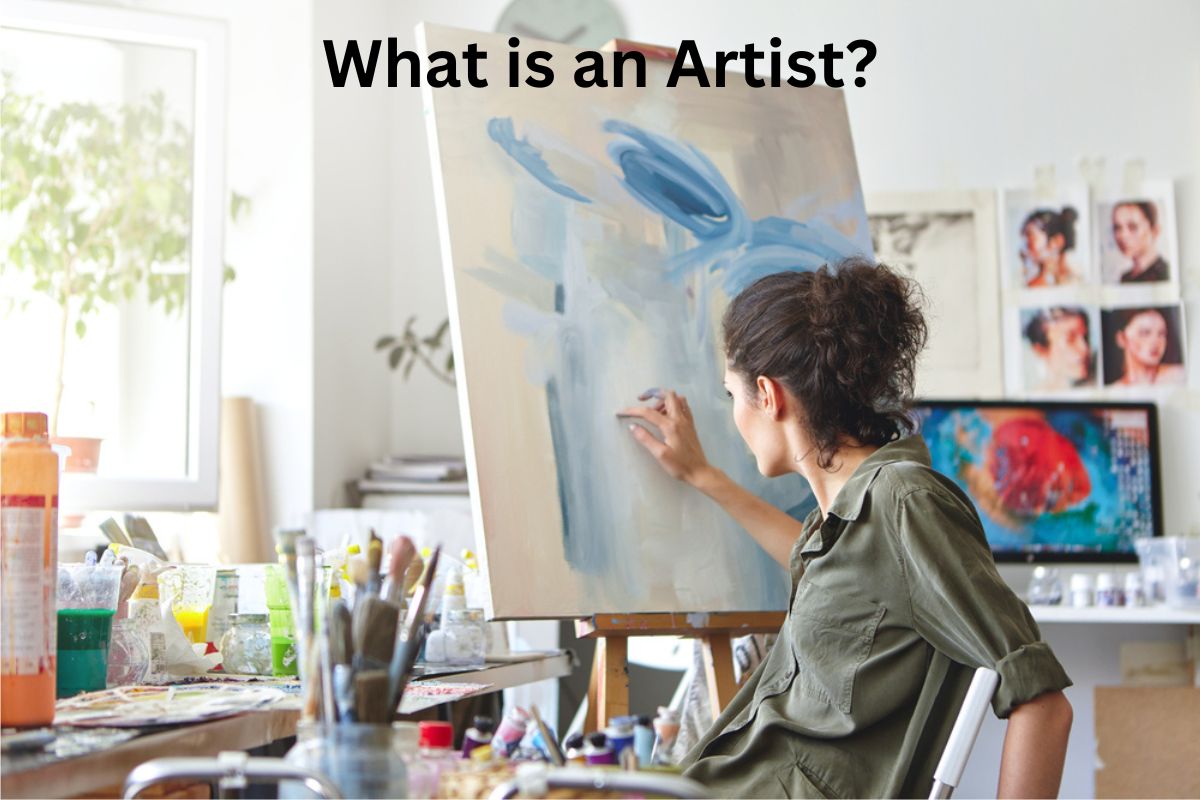An artist is someone who creates art, but what exactly is art? The definition of art has been debated for centuries and continues to be a topic of discussion today.
Some define art as a form of expression, while others see it as a way to convey a message or evoke emotion. Regardless of the definition, it is clear that art plays an important role in society.
Artists can work in a variety of mediums, including:
- Painting
- Sculpture
- Music
- Digital art
They use their skills and imagination to create works that are both visually appealing and meaningful.
The process of creating art can be a solitary one, requiring dedication and discipline. However, it can also involve collaboration with other artists, clients, or even the government in the case of public art projects.
What is an Artist?
Traditionally, an artist is someone who creates art, such as paintings, sculptures, or drawings. They are skilled in a particular medium, such as oil paints or clay, and are able to use that medium to create something beautiful and meaningful.
In the past, artists were often seen as highly skilled craftsmen who were able to create works of art that were both beautiful and functional. They were commissioned by wealthy patrons to create works of art that would decorate their homes or public spaces.
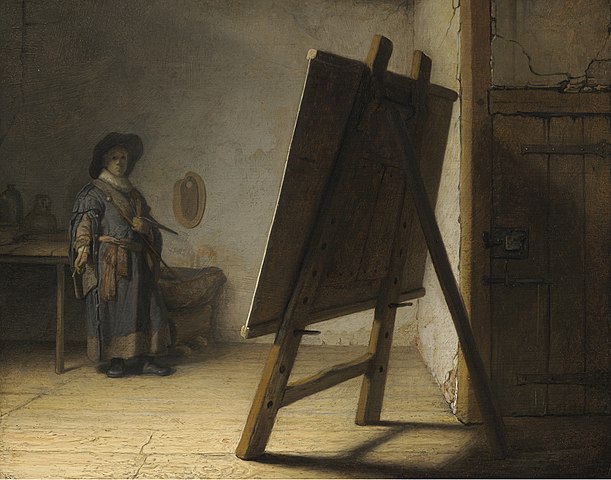
The Modern Definition of an Artist
Today, the definition of an artist has expanded to include a much wider range of creative pursuits. While painters and sculptors are still considered artists, the term now includes musicians, writers, filmmakers, and even video game designers.
In the modern definition, an artist is someone who is able to use their creativity to express themselves and communicate their ideas to others. They may work in a variety of mediums, including paint, clay, music, or words, and their work may be purely aesthetic or have a deeper meaning.
Some modern artists may also use technology to create their work, such as digital art or virtual reality experiences. This has opened up a whole new world of possibilities for artists, allowing them to create immersive, interactive experiences that were once impossible.
The definition of an artist is constantly evolving, as new mediums and technologies emerge and artists continue to push the boundaries of what is possible.
Whether they are creating beautiful works of art or using their creativity to make a statement about the world around them, artists play a vital role in our society.
The Role of an Artist in Society
The Historical Role of Artists in Society
Artists have played an important role in society throughout history. In ancient times, artists were often seen as spiritual leaders and were responsible for creating art that reflected the beliefs and values of their culture.
During the Renaissance, artists were seen as geniuses who had the ability to create works of art that were both beautiful and meaningful.
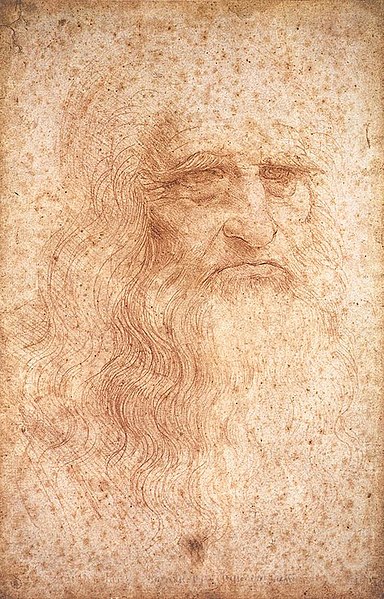
In many societies, artists were also responsible for creating works of art that celebrated the accomplishments of their rulers or leaders.
For example, in ancient Egypt, artists created elaborate tombs and monuments to honor their pharaohs. In medieval Europe, artists created illuminated manuscripts and stained glass windows to honor their kings and queens.
The Contemporary Role of Artists in Society
Today, artists continue to play an important role in society. They create works of art that reflect the values and beliefs of their culture, and they inspire and challenge us to think about the world in new ways.
Artists also have the ability to bring attention to important social and political issues. For example, many contemporary artists use their work to raise awareness about issues such as climate change, social justice, and human rights.
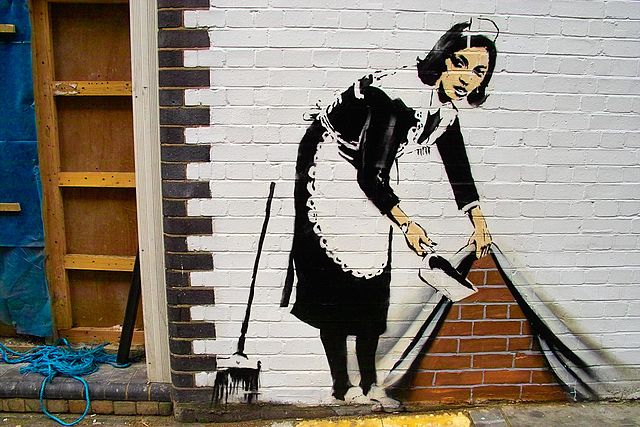
Governments also recognize the importance of artists in society. Many countries have established programs to support artists and promote the arts. For example, in the United States, the National Endowment for the Arts provides funding for artists and arts organizations.
The role of an artist in society has evolved over time, but their importance has remained constant. Artists have the ability to inspire, challenge, and bring attention to important issues, and their work has the power to shape our culture and our world.
The Creative Process of an Artist
The Importance of Imagination and Inspiration
The creative process of an artist begins with imagination and inspiration. Imagination is the ability to form mental images or concepts of things that are not present in the physical world.
Inspiration, on the other hand, is the spark that ignites the imagination and drives the creative process. It can come from anywhere, from nature to emotions, from other artists to personal experiences.
For an artist, imagination and inspiration are the foundation of their work. They use their imagination to visualize their ideas and inspiration to turn those ideas into reality.
The creative process can be a long and arduous journey, but it is the imagination and inspiration that keeps the artist going.
The Technical Skills and Practice Required by Artists
While imagination and inspiration are essential to the creative process, technical skills and practice are equally important. An artist must have a thorough understanding of the medium they are working with, whether it’s paint, clay, or digital tools.
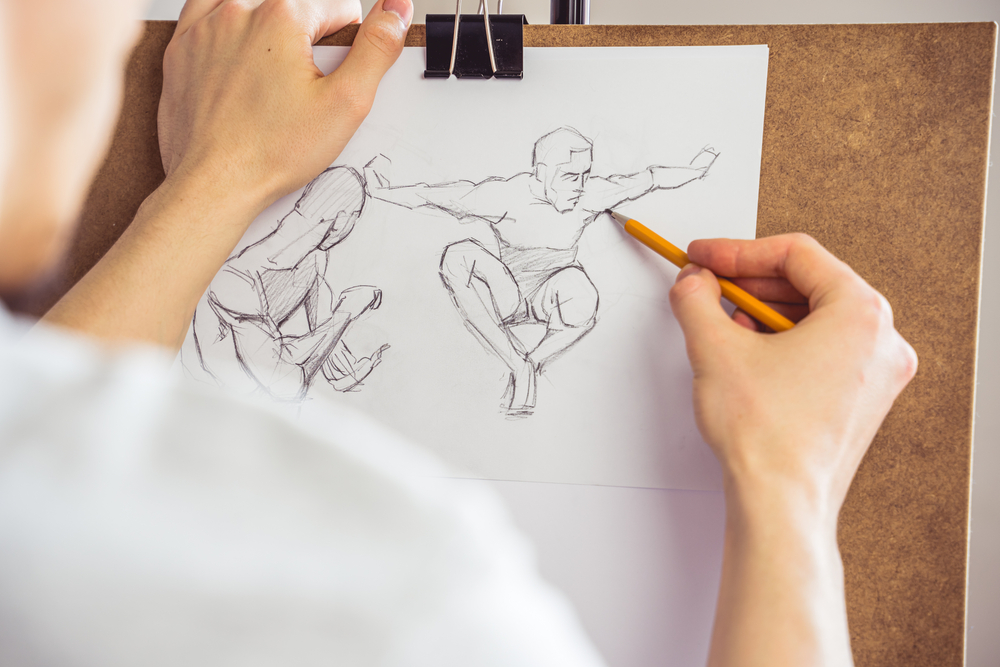
They must also have a working knowledge of composition, color theory, and other artistic principles.
Practice is also crucial for an artist. The more they practice, the more they improve their skills. It takes years of practice to master a medium, and even then, there is always room for improvement. An artist must be willing to put in the time and effort to hone their skills.
The Role of Criticism in the Creative Process
Criticism is an integral part of the creative process for an artist. It can come from other artists, critics, or even the artist themselves. While it can be difficult to hear criticism of one’s work, it is essential for growth and improvement.
Criticism can help an artist see their work from a different perspective, identify areas for improvement, and push them to take their work to the next level. It is important for an artist to be open to criticism and to use it constructively.
The creative process of an artist is a delicate balance between imagination, inspiration, technical skills, and practice. Criticism plays a vital role in the process, helping the artist to grow and improve. It is a journey that requires dedication, patience, and a willingness to learn and evolve.
The Different Forms of Art
Art is a form of expression that has been around for centuries. It is a way for people to communicate their thoughts, feelings, and emotions through various mediums.
There are many different forms of art, each with its unique characteristics and techniques. In this section, we will explore some of the most popular forms of art.
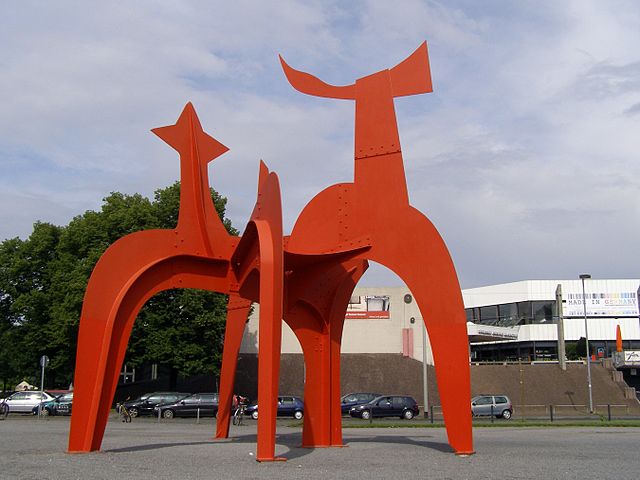
Painting and Sculpture
Painting and sculpture are two of the most traditional forms of art.
Painting involves applying paint to a canvas or surface to create an image, while sculpture involves creating a three-dimensional object using various materials such as stone, wood, or metal.
Music and Dance
Music and dance are forms of art that involve movement and sound. Music is created by combining different sounds and rhythms, while dance involves using the body to express emotions and tell a story.
These forms of art have been around for centuries and have evolved over time to include various styles and techniques.
Writing and Poetry
Writing and poetry are forms of art that involve using words to express thoughts, feelings, and emotions.
Writing includes various forms such as novels, short stories, and essays, while poetry involves using language in a creative and expressive way.
Digital Art and Photography
Digital art and photography are modern forms of art that involve using technology to create images. Digital art involves using software to create images, while photography involves capturing images using a camera.
These forms of art have become increasingly popular in recent years and have evolved to include various styles and techniques.
The Importance of Art Education
Art education is an essential component of a well-rounded education. It provides students with the opportunity to develop their creativity, critical thinking, and problem-solving skills.
In this section, we will explore the benefits of art education and the different types of art education programs available.
The Benefits of Art Education
Art education has numerous benefits for students of all ages. It helps them develop their creativity and imagination, which are essential skills for success in many fields. Art education also helps students develop their critical thinking skills, as they learn to analyze and interpret visual information.
Moreover, art education can improve students’ academic performance in other subjects. Studies have shown that students who participate in art education programs perform better in math, science, and reading. Art education also helps students develop their motor skills and hand-eye coordination, which can be beneficial in many areas of life.
The Different Types of Art Education Programs
Art education programs come in many different forms, from traditional classroom instruction to online courses and workshops. Some programs focus on specific art forms, such as painting or sculpture, while others offer a more general education in the arts.
Art education programs can be found at all levels of education, from elementary school to college and beyond. Some programs are designed for students who are interested in pursuing a career in the arts, while others are intended for those who simply want to explore their creativity and learn more about the world around them.
In conclusion, art education is an essential component of a well-rounded education. It provides students with numerous benefits, including the development of their creativity, critical thinking, and problem-solving skills. There are many different types of art education programs available, and students of all ages can benefit from participating in them.
The Business Side of Being an Artist
The Importance of Selling Art
Selling art is an important aspect of an artist’s career. It not only helps them earn a living but also provides them with exposure and recognition. However, selling art can be a challenging task for many artists. It requires them to showcase their work in the right way and find the right buyers.
To sell art successfully, artists need to understand their target audience and create work that appeals to them. They also need to price their work appropriately and market it effectively. Networking is also crucial for artists as it helps them build relationships with potential buyers and collectors.
How to Sell Art Online
In today’s digital age, selling art online has become a popular option for many artists. It allows them to reach a wider audience and sell their work without the need for a physical gallery space. To sell art online, artists need to create a strong online presence. This includes building a website, creating social media profiles, and listing their work on online marketplaces.
Artists also need to ensure that their online presence is professional and showcases their work in the best possible way. They should use high-quality images and provide detailed descriptions of their work. It’s also important to be responsive to potential buyers and provide excellent customer service.
The Role of Clients in an Artist’s Career
Clients play a significant role in an artist’s career. They not only provide artists with income but also help them build their reputation and establish themselves in the art world. However, finding the right clients can be a challenge for many artists.
To attract the right clients, artists need to create work that aligns with their client’s needs and preferences. They should also be professional and reliable in their dealings with clients. Building relationships with clients is also important as it can lead to repeat business and referrals.
The business side of being an artist is an important aspect of their career. By understanding the importance of selling art, how to sell art online, and the role of clients, artists can build successful and sustainable careers in the art world.
Conclusion
In conclusion, an artist is someone who creates art. Art can take many forms, from paintings and sculptures to music and dance. Artists use their creativity and imagination to bring their visions to life. They often draw inspiration from their surroundings, experiences, and emotions.
Artists are not limited to a specific medium or style. They can work in multiple mediums and experiment with different styles to express themselves. Some artists work independently, while others collaborate with other artists or work for companies.
Being an artist requires dedication, passion, and hard work. It is not an easy career path, but it can be incredibly rewarding. Artists have the ability to evoke emotions, challenge perspectives, and inspire change through their work.

